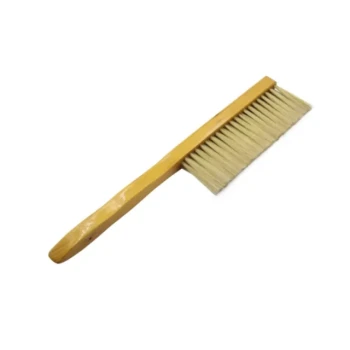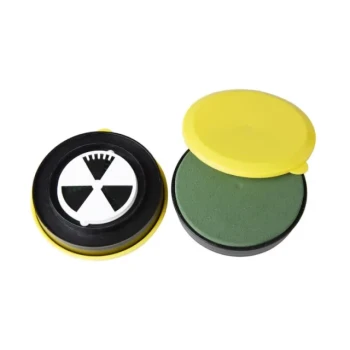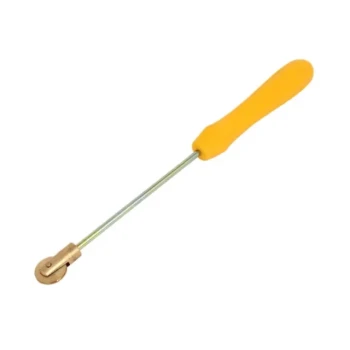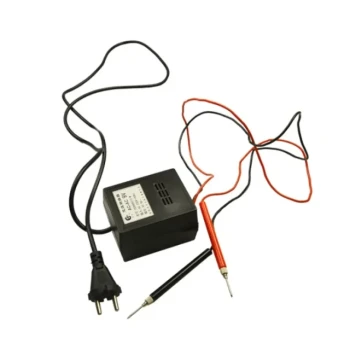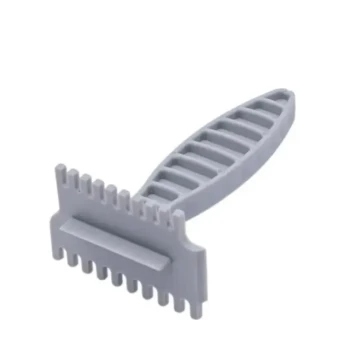As a general rule, a healthy honey bee hive should be inspected every 7 to 14 days during the active spring and summer seasons. However, this frequency is not a rigid mandate; it is a guideline that must be adapted to the season, your local climate, and the specific needs of the colony. The goal is purposeful observation, not unnecessary interference.
The core principle of hive management is not about adhering to a strict calendar. It's about learning to "read" your bees and intervening only when necessary to support their health, prevent swarming, and ensure their survival.
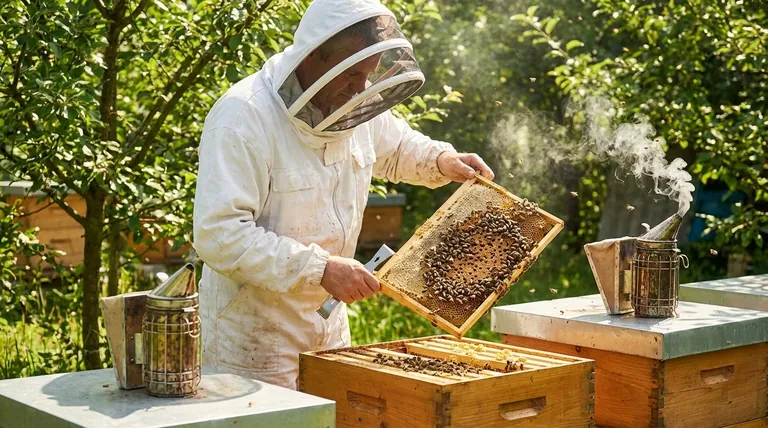
The "Why" Behind Inspections: Your Core Objectives
A hive inspection is not a casual visit. It is a systematic health check with specific goals. Each time you open the hive, you should be looking for clear answers to a few critical questions.
Confirming the Queen's Health
The entire colony's survival depends on a healthy, laying queen. The most important part of any inspection is confirming her presence and performance.
You are looking for a healthy brood pattern: a dense, consolidated area of eggs, larvae, and capped pupae. A spotty or inconsistent pattern can signal a failing queen or disease.
Monitoring Food Stores
Bees require a significant amount of nectar (honey) and pollen to fuel the colony and feed their young.
During an inspection, you must assess their honey and pollen reserves. This ensures they have enough food to survive a period of bad weather and, crucially, to make it through the winter.
Assessing Colony Growth and Space
A thriving colony expands rapidly. If they run out of room, their natural instinct is to swarm—where the old queen leaves with half the bees to find a new home.
Your job is to prevent this by adding more boxes (supers) for honey storage or brood rearing before the hive becomes congested.
Checking for Pests and Diseases
Hives are vulnerable to a range of threats, most notably the Varroa mite. These parasites weaken bees and transmit deadly viruses, making them the single greatest threat to honey bee health.
Regular inspections allow you to monitor for Varroa mites, small hive beetles, and signs of bacterial diseases like foulbrood, enabling you to treat the problem before the colony collapses.
How Seasonality Dictates Your Schedule
The "every 7-14 days" rule primarily applies to the peak season. The rest of the year demands a different approach.
Spring Buildup (Every 7-10 Days)
This is the most intensive period. The colony is exploding in population. Frequent checks are vital to manage swarm prevention and ensure the queen has ample space to lay.
Summer Honey Flow (Every 10-14 Days)
Once the population is strong and nectar is abundant, your focus shifts to honey production. Inspections can be less frequent to minimize disruption. The main goal is adding honey supers as needed.
Autumn Preparation (Every 2-3 Weeks)
As the season winds down, you must ensure the colony is strong and has enough honey to survive winter. This is the critical window for completing Varroa mite treatments and consolidating the hive.
Winter Survival (Monthly, or Less)
In cold climates, you must avoid opening the hive unless absolutely necessary. A full inspection can release vital heat and doom the colony. Winter checks are often limited to lifting the back of the hive to gauge its weight (and thus, its honey stores) on a mild day.
Understanding the Trade-offs: The Risk of Over-Inspection
While inspections are necessary, they are also inherently disruptive and stressful for the bees. More is not always better.
Disrupting Hive Homeostasis
Every time you open a hive, you break the propolis seal the bees have carefully created to regulate temperature, humidity, and airflow. The colony must expend significant energy to repair this seal and re-establish their stable internal environment.
Stressing the Colony
An inspection is an invasion. The smoke, movement of frames, and exposure to the elements are highly stressful events for the bees. A constantly stressed colony is less productive and more susceptible to disease.
Risk of Damaging the Queen
Though experienced beekeepers are careful, there is always a small risk of accidentally crushing or "rolling" the queen between frames. The loss of a queen, especially when a replacement cannot be easily raised, can be a catastrophic event for the hive.
Making the Right Choice for Your Goal
Your inspection frequency should be a thoughtful decision, not a blind habit. Use the colony's lifecycle as your guide.
- If your primary focus is rapid growth and swarm control (Spring): Aim for inspections every 7-10 days to stay ahead of the colony's need for space.
- If your primary focus is maximizing honey production (Summer): Reduce frequency to every 10-14 days to minimize disruption during the main nectar flow.
- If your primary focus is ensuring winter survival (Autumn): Inspect every 2-3 weeks to confirm food stores and complete essential pest treatments.
- If your primary focus is protecting the colony in winter: Avoid full inspections entirely; rely on external observations and quick top checks on unusually warm days only.
Ultimately, successful beekeeping is about evolving from a manager who follows a schedule to an observer who responds to the hive's needs.
Summary Table:
| Season | Recommended Inspection Frequency | Primary Goal |
|---|---|---|
| Spring Buildup | Every 7-10 Days | Swarm Prevention & Colony Growth |
| Summer Honey Flow | Every 10-14 Days | Maximizing Honey Production |
| Autumn Preparation | Every 2-3 Weeks | Ensuring Winter Food Stores & Pest Control |
| Winter Survival | Monthly or Less (Minimal Intrusion) | Protecting the Cluster & Conserving Heat |
Ready to Master Your Hive Management?
Effective beekeeping requires the right knowledge and the right equipment. At HONESTBEE, we supply commercial apiaries and beekeeping equipment distributors with the durable, high-quality supplies needed for successful, large-scale operations—from hive tools and protective gear to complete hive systems designed for efficiency.
Let us equip you for success. Contact our wholesale experts today to discuss your apiary's specific needs and how our products can support your beekeeping goals.
Visual Guide
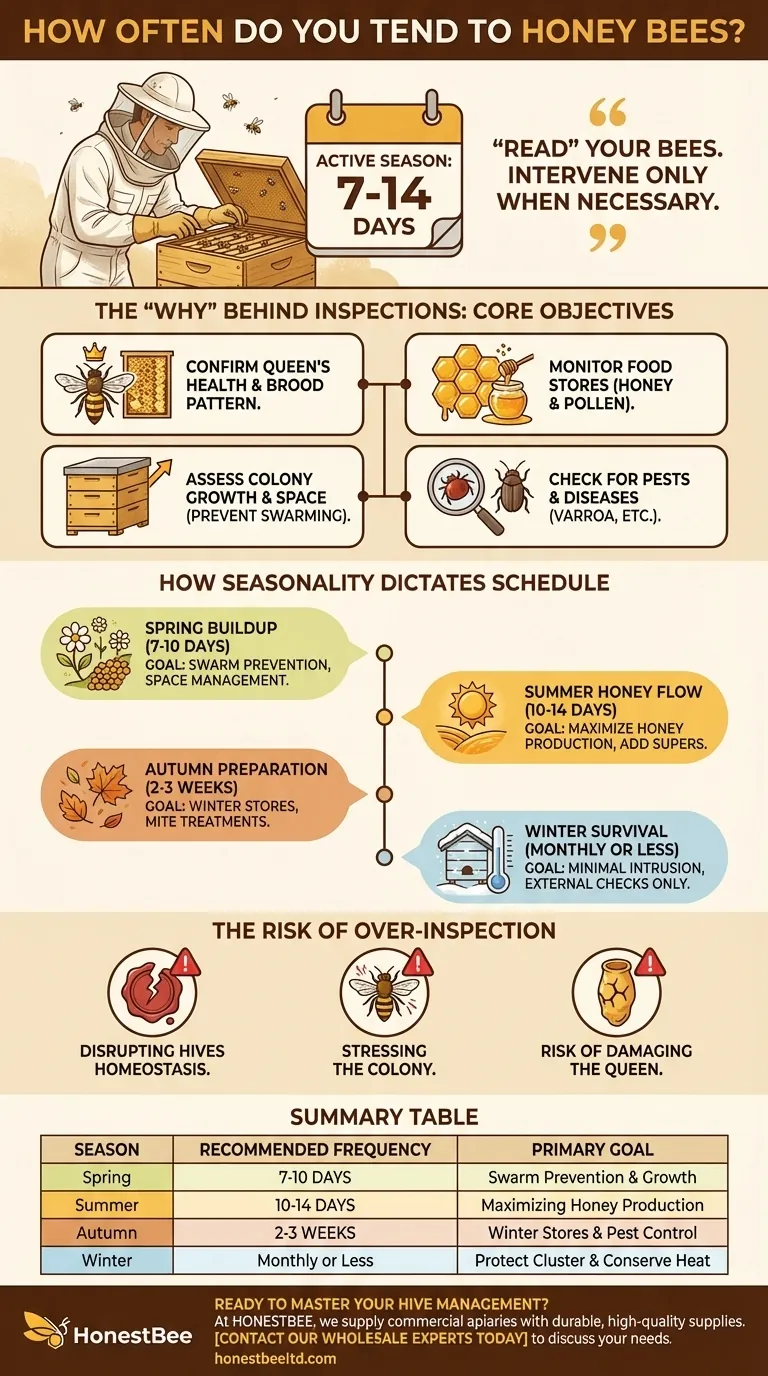
Related Products
- HONESTBEE Advanced Ergonomic Stainless Steel Hive Tool for Beekeeping
- Professional Dual-End Stainless Steel Hive Tool for Beekeeping
- Professional 3-Bar Frame Grip with Integrated Hive Tool
- Professional Drop-Style Hive Handles for Beekeeping
- Professional Galvanized Hive Strap with Secure Locking Buckle for Beekeeping
People Also Ask
- How is a hive tool used for scraping and cleaning? Master Hive Maintenance for a Healthy Colony
- What are the basic tools for beekeeping? Essential Starter Kit for Safe & Successful Hive Management
- What are some common uses of a hive tool? Essential Multi-Purpose Tool for Every Beekeeper
- What tools are used for cleaning frames? A Beekeeper's Simple 4-Tool Guide
- What are the features of a regular hive tool? The Essential Multi-Tool for Every Beekeeper





